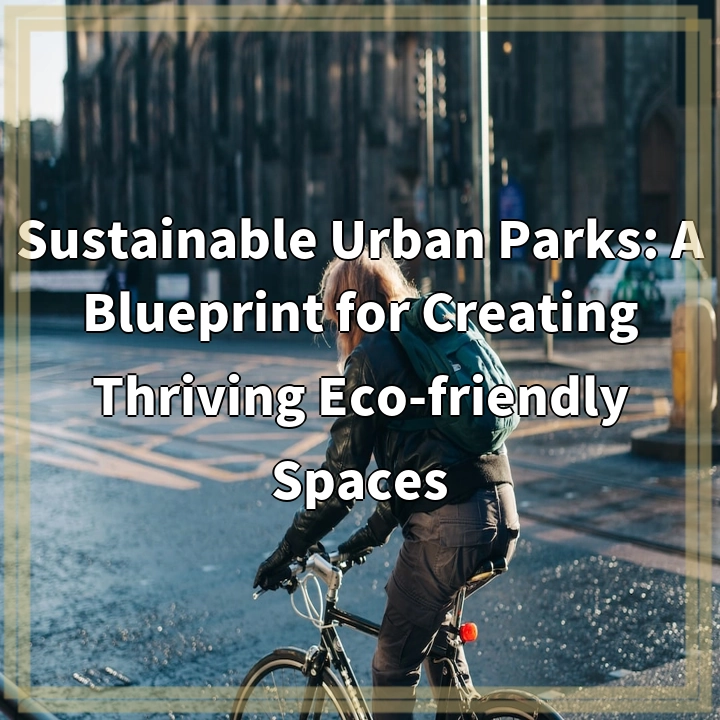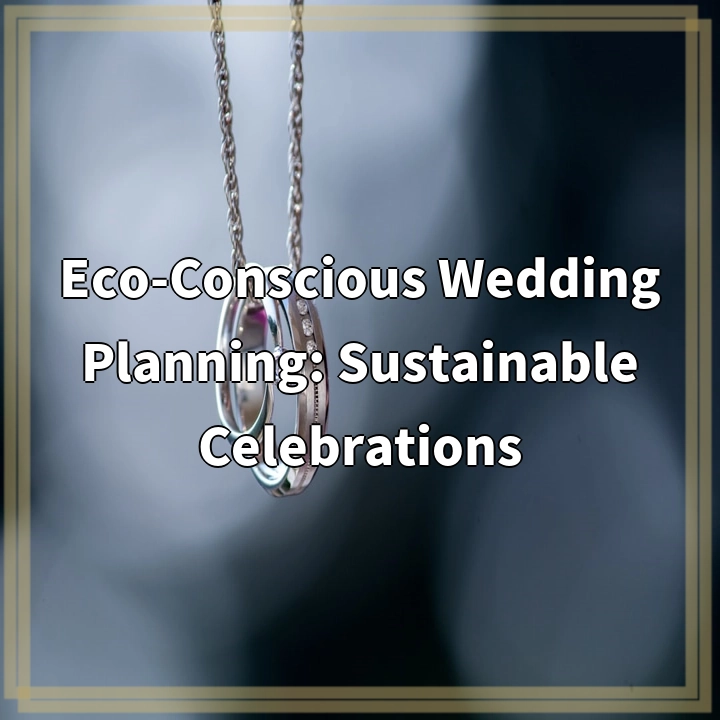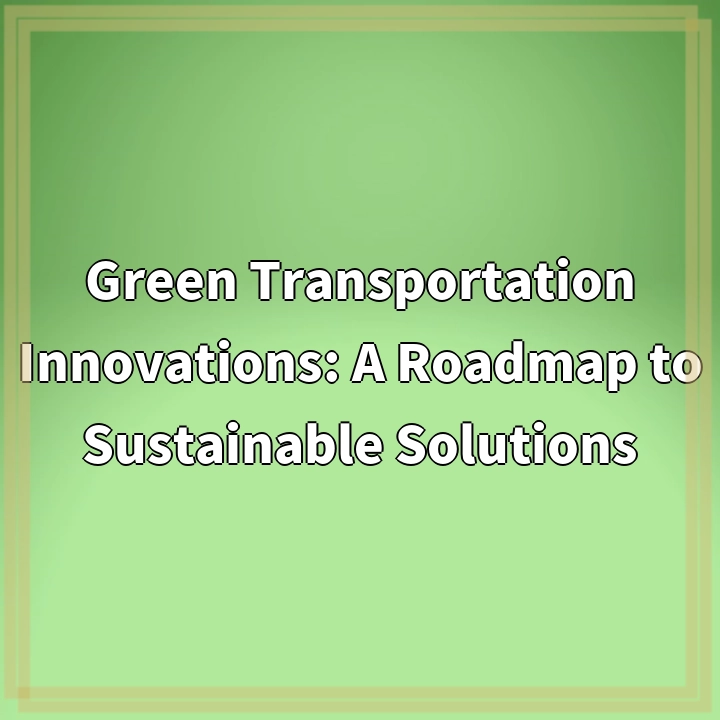
What is Sustainable Urban Parks?
Sustainable Urban Parks refers to the development and management of green spaces within urban areas that prioritize environmental, social, and economic sustainability. These parks are designed to provide numerous benefits, including improved air and water quality, biodiversity conservation, climate change mitigation, recreational spaces for residents, community engagement, and economic opportunities.
Real-World Problems Associated with Sustainable Urban Parks
1. Limited Space
One of the challenges in creating sustainable urban parks is the limited available space within densely populated cities. Urban areas are often characterized by a lack of open spaces, making it difficult to incorporate large-scale parks. This requires innovative design strategies to maximize the use of available land and optimize the benefits of green spaces.
2. Urban Heat Island Effect
Cities tend to have higher temperatures compared to surrounding rural areas due to the urban heat island effect. This phenomenon is caused by the concentration of buildings, paved surfaces, and limited vegetation, resulting in increased heat absorption and reduced airflow. Sustainable urban parks can help counteract this effect by providing shade, promoting ventilation, and reducing overall temperatures through the cooling effect of vegetation.
3. Water Management
Managing water resources in urban areas is a critical issue, particularly in terms of rainfall runoff and stormwater management. Sustainable urban parks implement practices such as rain gardens, permeable pavements, and green roofs to absorb and filter rainwater, reducing the strain on existing drainage systems and improving water quality. However, implementing these measures requires careful planning and infrastructure considerations.
4. Community Engagement and Equity
Creating sustainable urban parks also involves engaging with local communities and ensuring equitable access. This includes considering the needs and preferences of diverse populations, promoting inclusivity, and providing amenities and activities that cater to a wide range of age groups and interests. Moreover, addressing issues of social equity and justice is essential to ensure that the benefits of sustainable urban parks are accessible to all residents.
5. Maintenance and Long-Term Management
Sustainable urban parks require ongoing maintenance and management to ensure their continued success. This includes activities such as regular landscaping, waste management, pest control, and infrastructure upkeep. Adequate funding and skilled personnel are necessary to address these tasks effectively. Furthermore, collaboration between local authorities, park management teams, and the community is crucial for the long-term sustainability of these parks.

Solutions for Sustainable Urban Parks
1. Innovative Design Strategies
To address the limited space in urban areas, innovative design strategies such as vertical gardens, rooftop parks, and pocket parks can be implemented. These designs optimize the available land and provide green spaces for residents to enjoy.
2. Green Infrastructure
To combat the urban heat island effect, integrating green infrastructure into urban park designs is crucial. This includes the strategic placement of trees and vegetation to provide shade and maximize cooling effects. Additionally, the use of permeable surfaces and rainwater harvesting systems can help manage stormwater and promote water conservation.
3. Community Participation and Engagement
Engaging the local community in the planning and management of sustainable urban parks is essential. This can be achieved through public consultations, community workshops, and involvement in decision-making processes. Creating diverse recreational opportunities that cater to different demographics and organizing community events can foster a sense of ownership and pride in the parks.
4. Promoting Equity and Access
To ensure equitable access to sustainable urban parks, it is important to consider the needs and preferences of all community members. This can be achieved by providing accessible infrastructure, incorporating universal design principles, and actively promoting inclusivity and diversity. Engaging marginalized communities and addressing social equity issues can help create a sense of belonging and ensure that the benefits of urban parks are accessible to all.
5. Long-Term Maintenance and Partnerships
Sustainable urban parks require ongoing maintenance and management. This can be facilitated through partnerships between local authorities, park management organizations, and community groups. Adequate funding, skilled personnel, and clear maintenance plans are key to ensuring the long-term viability and success of these parks.















